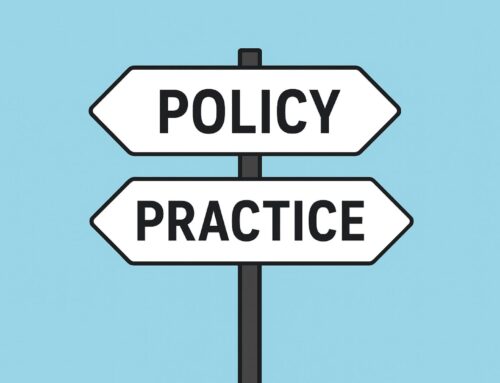Lasting transformation doesn’t begin with what we do. It begins with understanding what drives our actions. Motivation can spark change, but it rarely sustains it. Where developing habits puts your brain on consistent autopilot. And, mental rehearsal can spark behavior change by preparing the brain for the type of challenge to come. Both tools help move transformational change amongst teams.
Motivation Alone
Motivation waxes and wanes along with our attitudes and state of mind. One tough day, one missed deadline, or one critical email can send motivation out the window. While change can happen through motivation alone, it’s far easier and far more reliable when it’s supported by routines and the brain science of habits.
Motivation ties to the limbic system, the part of the brain that governs emotions. And emotions fluctuate. Habits, on the other hand, shift repeated actions into the basal ganglia, where behavior becomes automatic. That’s why you can sometimes arrive home with no memory of the drive; your brain was operating in efficiency mode. In the workplace, this same principle explains why building small, intentional routines outperforms depending on willpower.
Habits also free up mental space. The brain becomes more efficient when it no longer has to consciously decide about routine actions. By automating smaller tasks, the prefrontal cortex is left available for complex problem-solving, creativity, and strategy. Leaders who make it a habit to start each day with five minutes of planning or to close every team meeting with a quick feedback round often find these routines become consistent, creating long-term impacts and behavior change.
Anchors and Triggers
One strategy for habit-building lies in using anchors or triggers that cue behavior. Every time you hit send on an email, take a sip of water. When someone interrupts you, use it as a signal to stand up and stretch. Adding a simple symbol to your staff meeting agenda can serve as a prompt to recognize team contributions. In each case, the behavior becomes tied to a cue, which makes it easier to repeat until it’s automatic.
Mental Rehearsal
For lasting behavior change, mental rehearsal provides another powerful tool for embedding habits and preparing for success. Just as athletes warm up their bodies before competition, professionals can warm up their brains before important tasks. Mental rehearsal primes neural pathways before the actual performance, making it easier to step into the right mindset when the moment arrives.
For example, if you need to focus on scheduling or planning, try a Sudoku puzzle or a few quick math problems to activate the part of the brain that thrives on structure and sequencing. Before leading a change management meeting, remind your team of past change successes. This not only boosts confidence but also teaches your brain to associate change with possibility instead of resistance. Or, if your team is preparing for a brainstorming session, kick things off with a creative warm-up challenge like “list five new uses for a paperclip.” These quick exercises activate divergent thinking, so by the time the agenda item arrives, the group is already in a generative, idea-rich state.
Mental rehearsal works because the brain doesn’t fully distinguish between imagined practice and lived experience. By visualizing or simulating the activity ahead of time, you are literally rehearsing the neural patterns you’ll need when it counts. This gives you a head start on focus, creativity, and resilience before the first action is taken.
Habits and mental rehearsal are two of the most practical behavior change strategies available to leaders and professionals. Habits automate what matters most, conserving energy for higher-order work. Mental rehearsal primes the brain to perform at its best before the task even begins. Together, they create conditions where consistent behaviors become second nature, allowing more focus, energy, and creativity for the challenges and opportunities that matter most.



